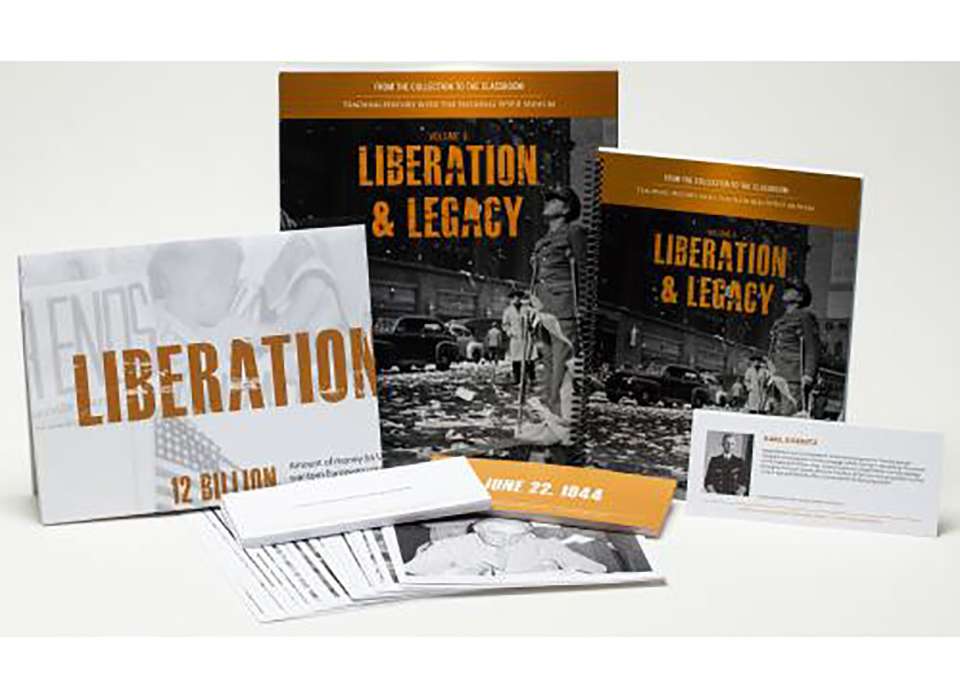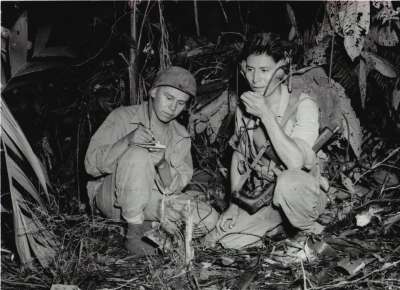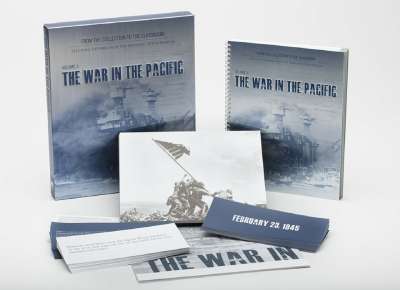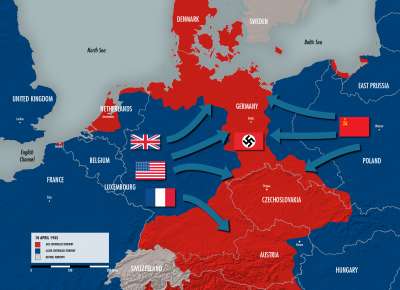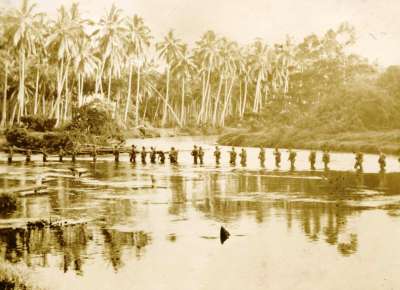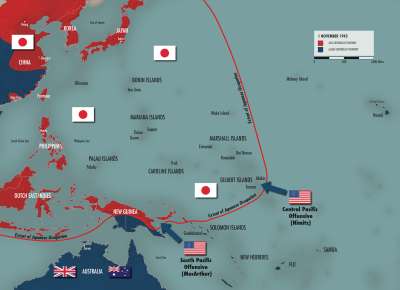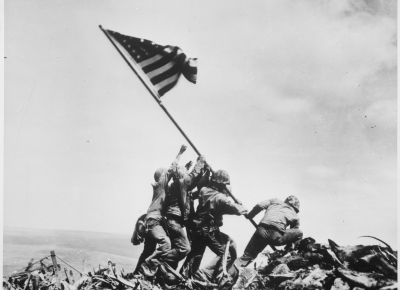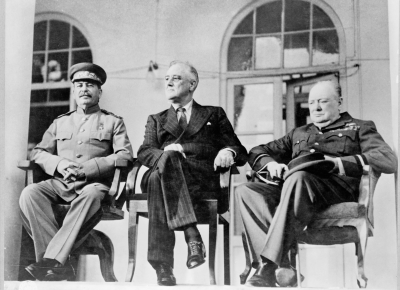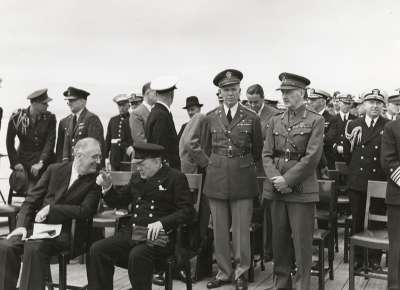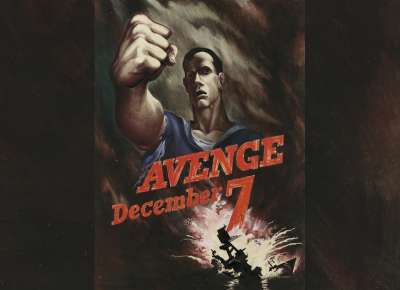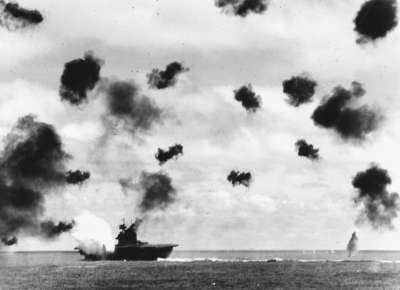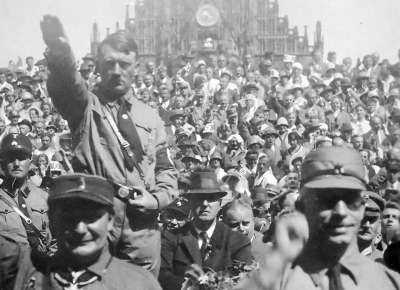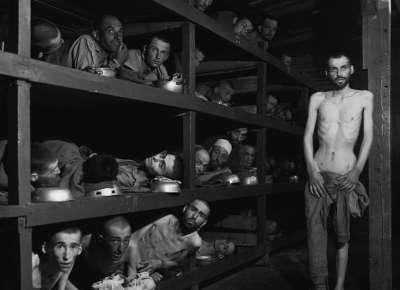TEACHING HISTORY WITH THE NATIONAL WWII MUSEUM
Register for FREE to access lesson plans, essays, and multimedia resources from The National WWII Museum.
Put the Museum's innovative exhibits and extensive collection of artifacts to work in your classroom with the all-new ww2classroom.org. Registration is easy, free, and helps us serve you better!
"I have already decided that the next time that I teach my WWII class, that these essays will be replacing the textbook that I have used for this class in the past."
Jacob
High School Teacher - Nebraska
